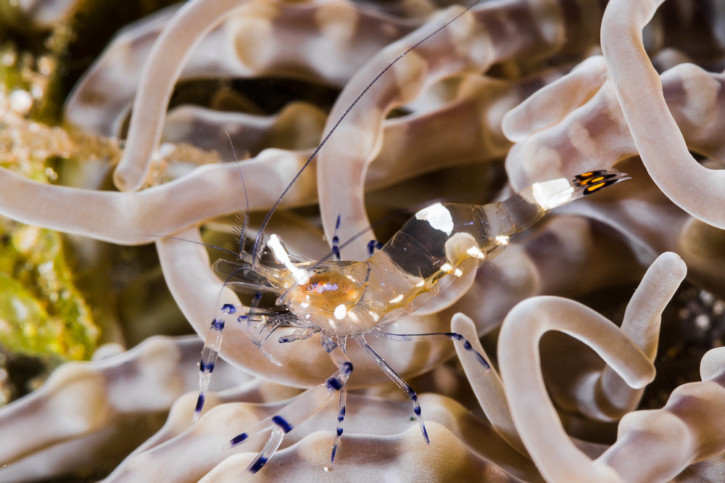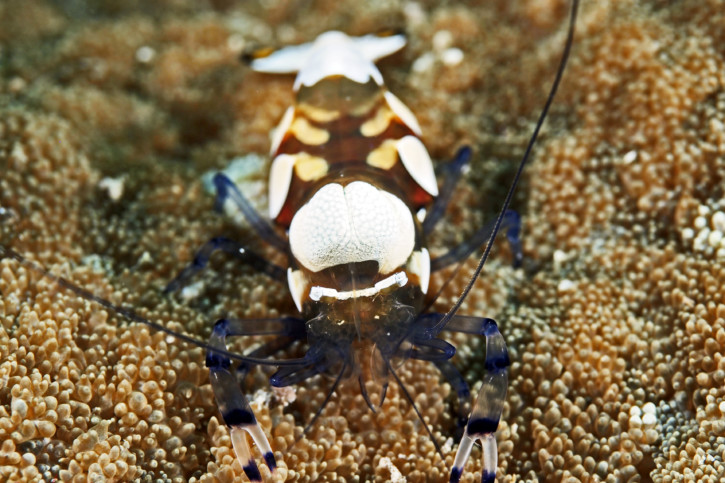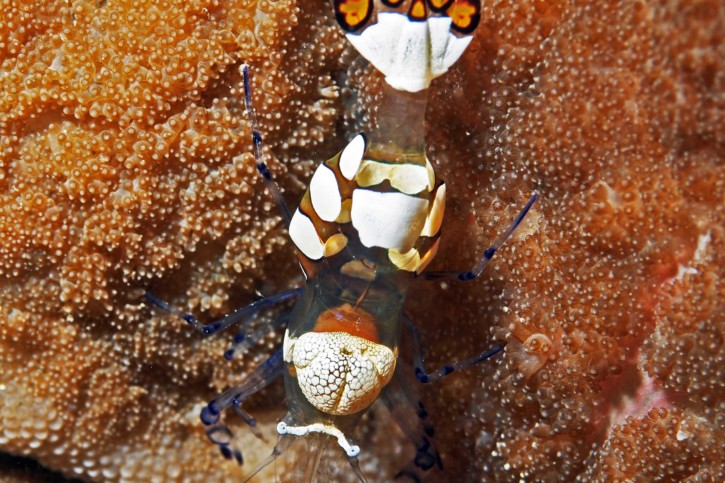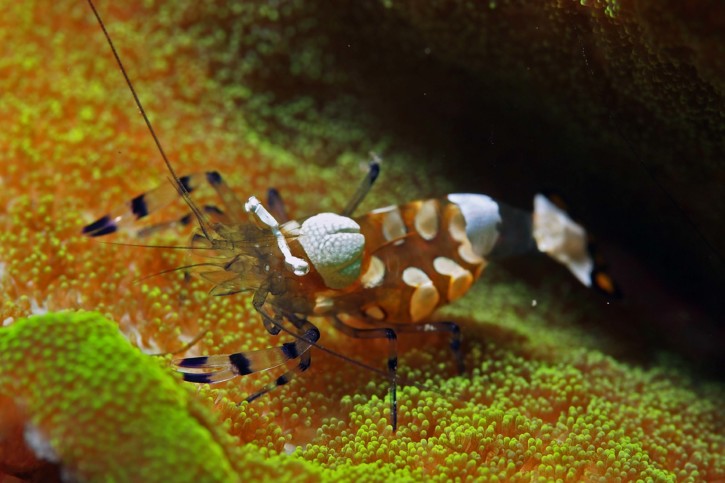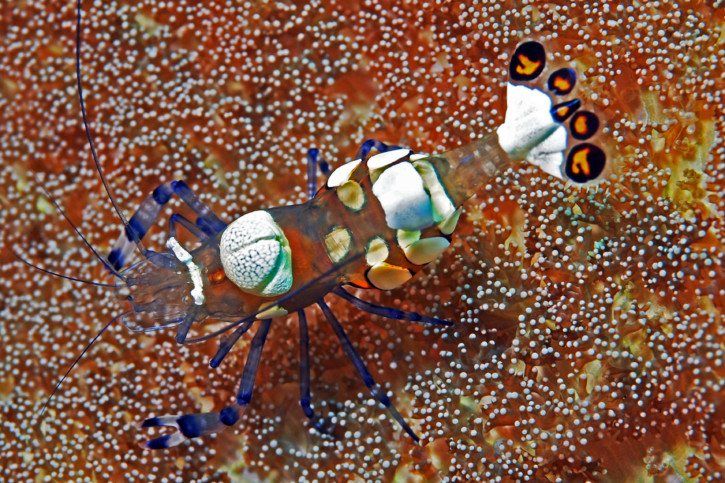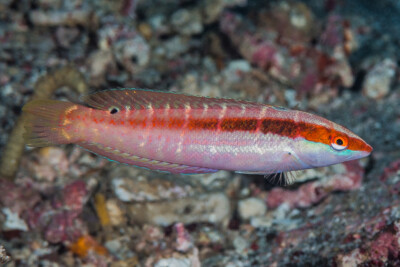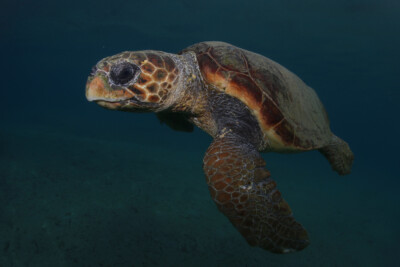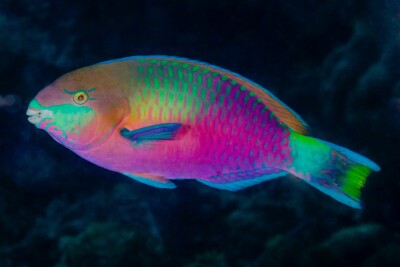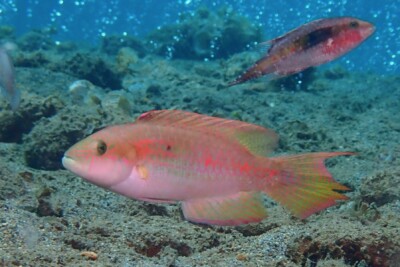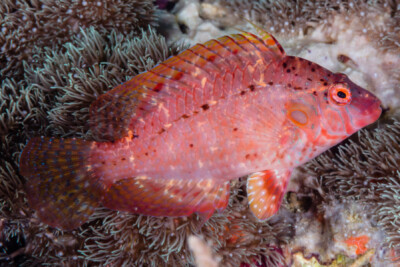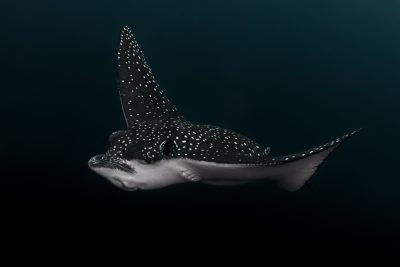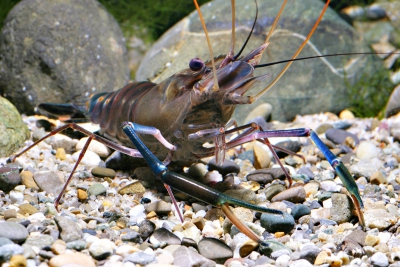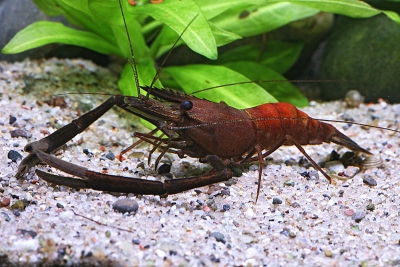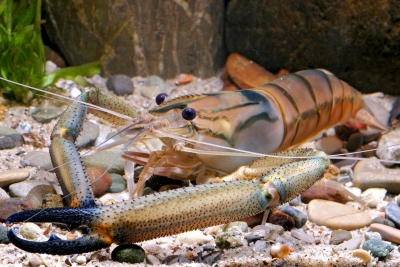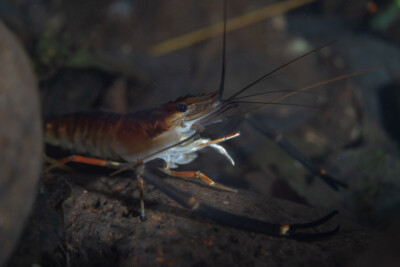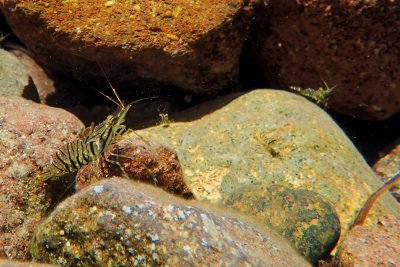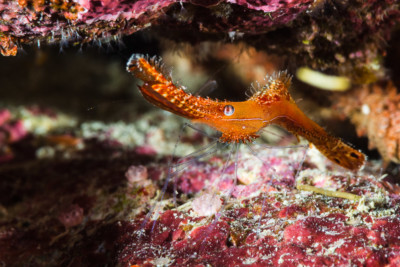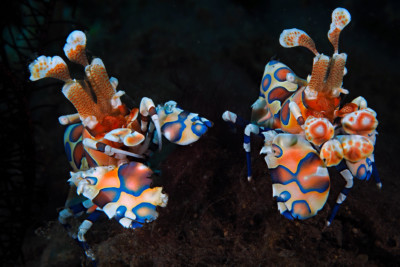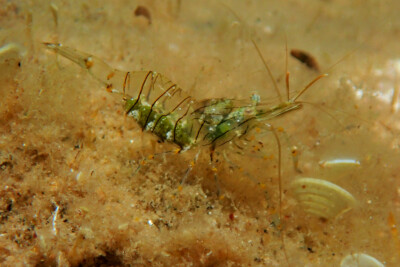Periclimenes brevicarpalis
| Scientific name | Periclimenes brevicarpalis |
|---|---|
| Descriptor | Schenkel |
| Year of description | 1902 |
| IUCN category (World) | NE |
| Family | Palaemonidae |
| Genus | Periclimenes |
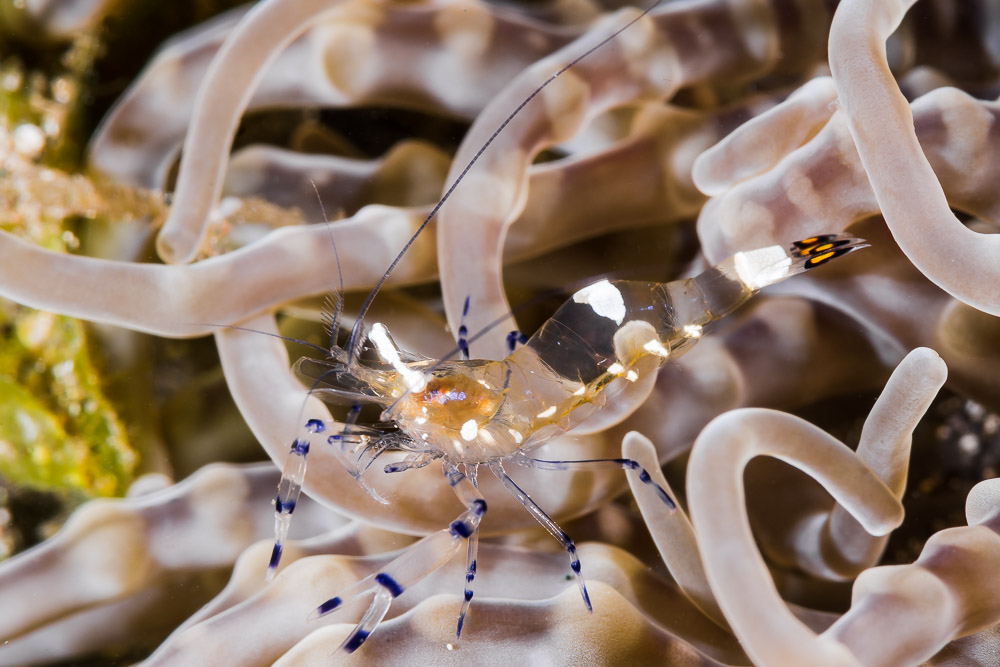

Introduction
Periclimenes brevicarpalis is a little salt water crustacea.
This sheet is currently being prepared. The texts currently proposed come from our data model or are being drafted. To request priority for this content, you can write to us HERE.
Who is it?
Morphology
-
Average size3 cm
-
Maximum size4 cm
-
Average size3 cm
-
Maximum size4 cm
How to recognize this crustacea ?
Periclimenes brevicarpalis measures between 3 and 4 cm. Given its small size, this species is commonly referred to as a "dwarf" animal.
Of elongated form, like all the shrimps, it has 5 pairs of legs and a segmented carapace at the level of the abdomen which ends in a tail in fan cut for swimming.
This species belongs to the "long arm shrimp" group because its second pair of claws is of imposing size. These appendages are used mainly to defend themselves, but also to catch food.
Behaviour & Life cycle
-
Sociabilitysolitary
-
territorialNo
-
VenomousNo
-
Way of livingdiurnal
Like all crustaceans, Periclimenes brevicarpalis molts whenever it becomes cramped in its shell. Before the hardening of its new body, it is more vulnerable and spends a good part of its time hidden. This mechanism, very complex, allows the periodic renewal of the exoskeleton and part of the internal skeleton. It is also during the moult that the females become fertile.
Periclimenes brevicarpalis is a crustacea solitary. This species is scavenger . Measuring only a few centimeters, this small species tends to be discreet and hide in the presence of larger neighbors.
n general, this species does not care much about other animals crossing its path.
Periclimenes brevicarpalisis not a very good swimmer, especially when it reaches adulthood. It moves mainly with the help of its legs.
Reproduction
-
Migratory speciesYes
It is an exclusively freshwater species, the whole reproduction process takes place in fresh water. This species follows a mode of reproduction called "direct development". After several weeks of incubation, the female gives birth to fully formed juveniles ready to fend for themselves.
Harmless species
This species does not represent any particular threats to humans when encountered in its natural environment.
Origin and distribution
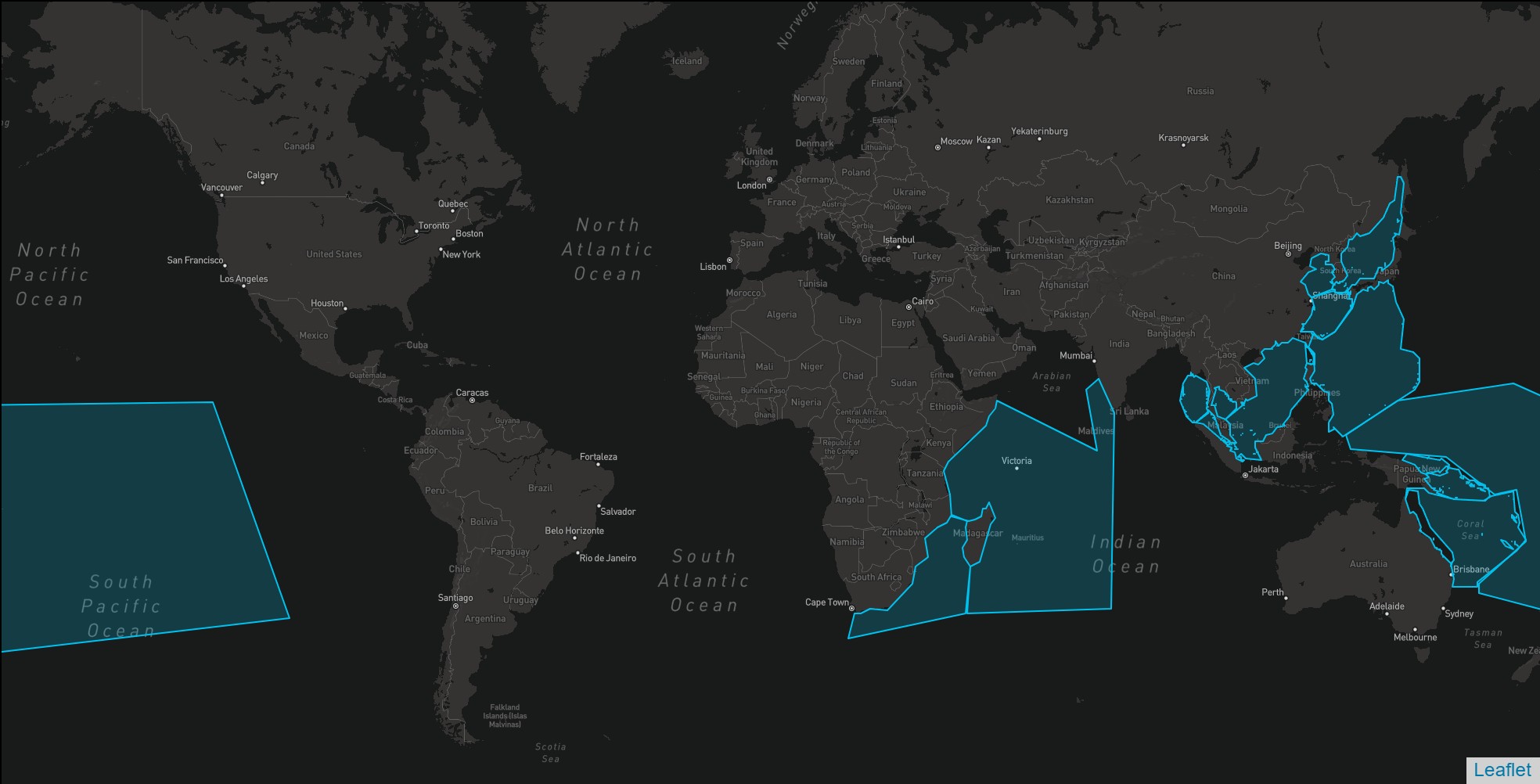
Conservation status of populations (IUCN)
What is its habitat?
Natural environment characteristics
-
Temperature25 - 28 °C
-
Depth0 - 0 m
Biotope presentation
Species of the same biotope
To go further
Sources & Contributions
Participation & Validation
The Fishipedia team and specialist contributors are committed to providing high-quality content. However, although the information comes from scientific sources or testimonials from specialists, the cards may contain inaccuracies.
Translation
Translation done with the valuable contribution of our translators, who make this information available to a wider audience. We sincerely thank them for their commitment.
Scientific partners
Tags
Species of the same family
Same genus
Species of the same biotope
